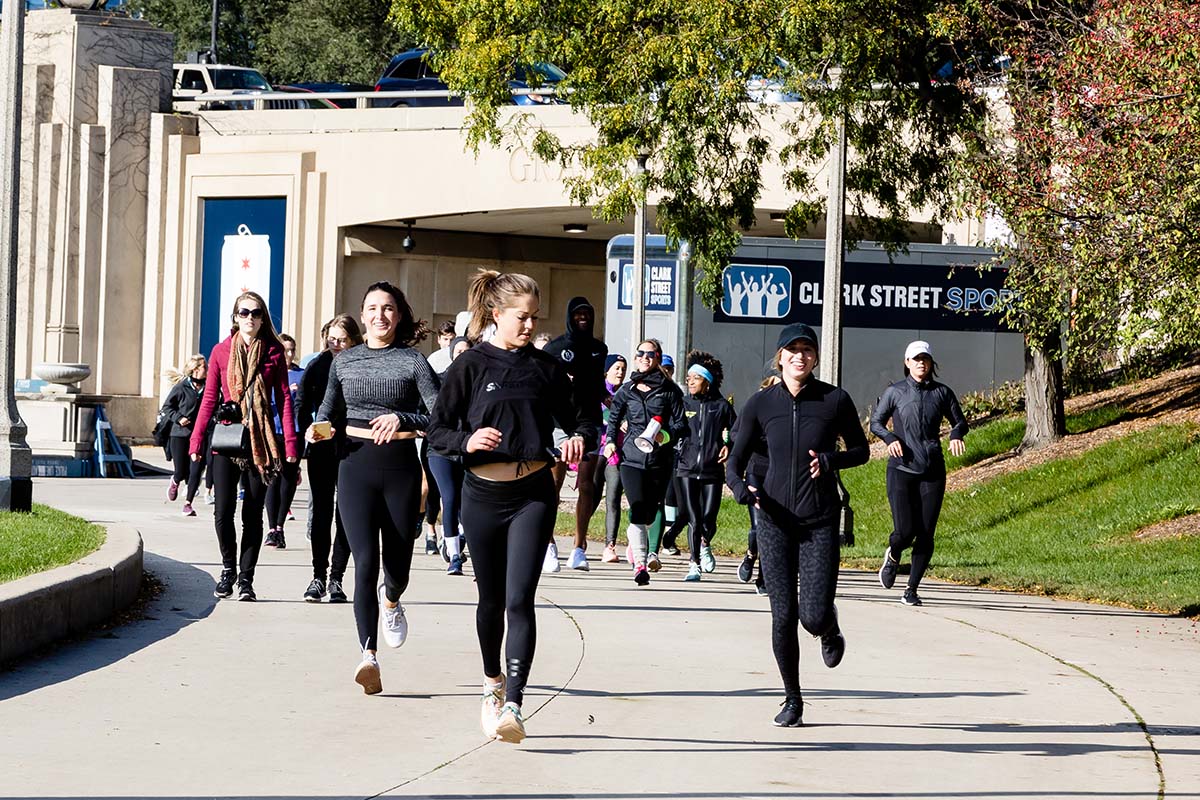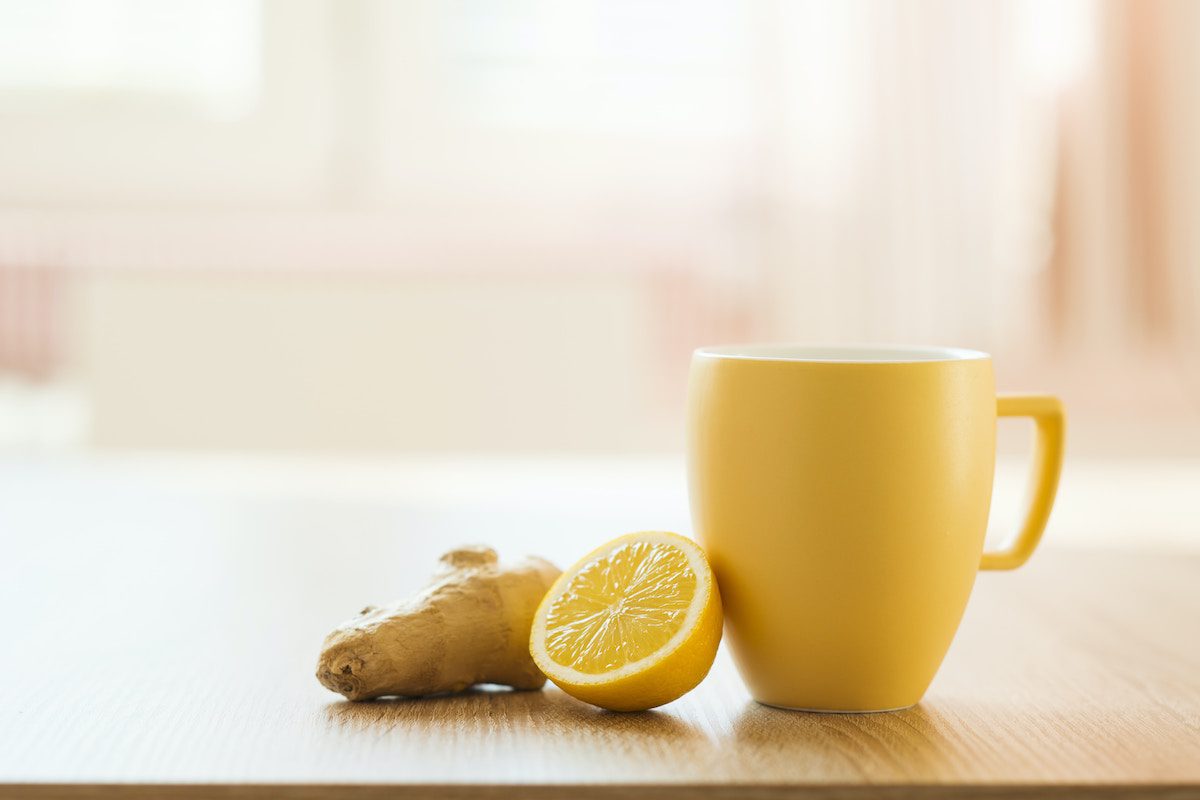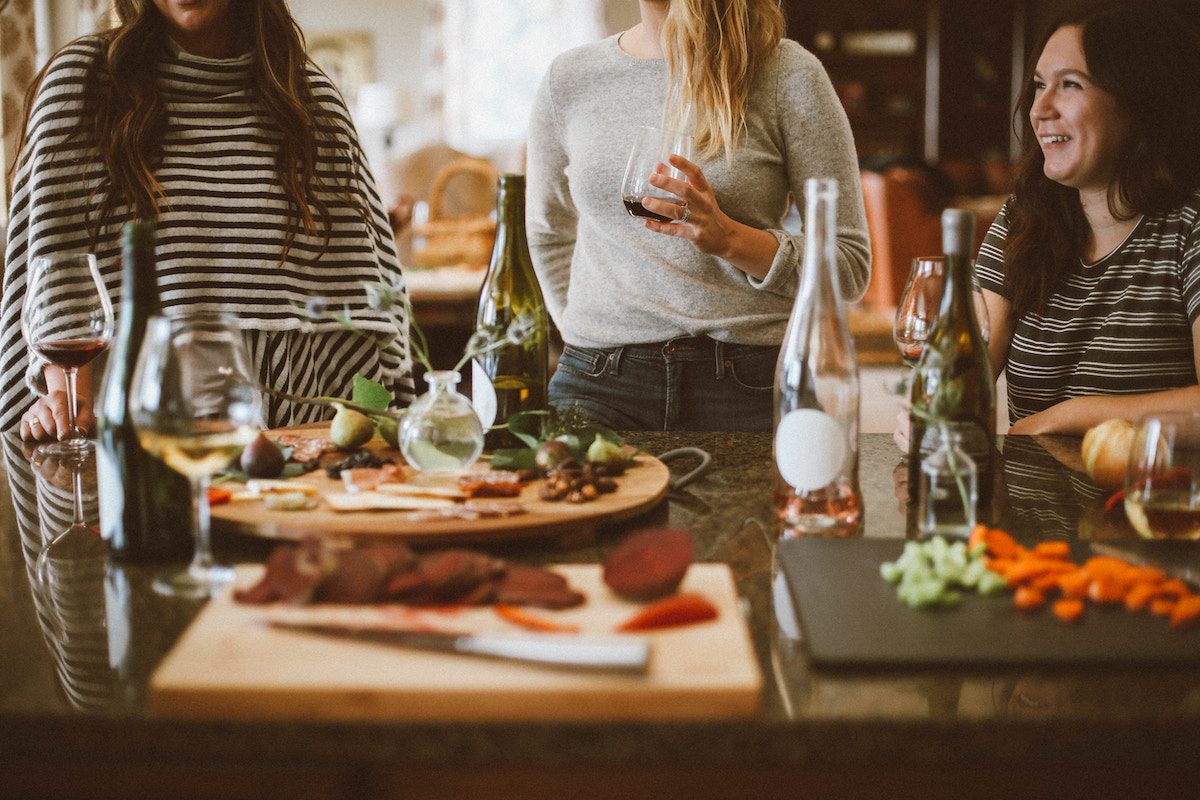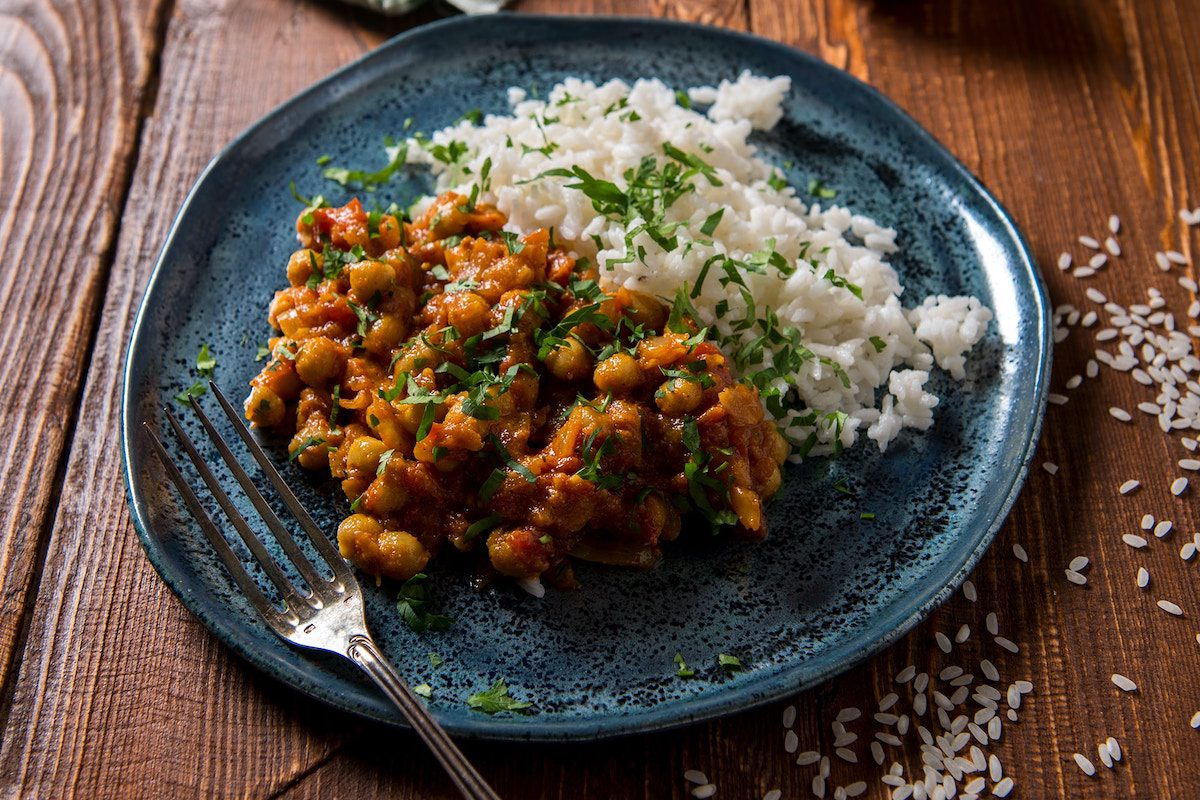How to Take CBD and Why it Matters
We’ve seen CBD added to everything from lip balm to tampons for the past few years, but we’re just starting to see peer reviewed research to support the big questions around what it does and how it does it.
Yes, you’re in another session of CBD school, wherein I ask the great minds behind Impact Naturals my questions about cannabinoids and the systems that process them. So far, we’ve covered how the endocannabinoid system works and how it’s linked to effects like runner’s high.
The question that remains is the big one: how can we take cannabinoids in a way that will be most impactful to our bodies and minds? Because of their backgrounds in research, CEO of Impact Naturals Vassili Kotlov and Chief Medical Officer Dr. Jim Lowder came at this question clinically.
There are three key considerations, they say, to understand the impact of a cannabinoid product before taking it: How much you take and when, how you take it, and what you eat (more on that in a moment). All of that, they told me, impacts the effectiveness of the dose, how quickly it takes effect and how long it lasts. If you’re taking a CBD product now and not really feeling much of a difference, this article may explain why (and, how to optimize your CBD experience).

When should you take CBD?
This goes back to the first thing we talked about with Impact Naturals: how the endocannabinoid system works. The endocannabinoid system helps the body to repair itself after a trauma, including everything from physical trauma like inflammation or injury and nervous trauma like stress, anxiety and fight/flight/freeze.
Read: It’s always working (aka, keeping your body at a ‘normal’ state, what Dr. Lowder calls ‘homeostasis’), but at those big moments, it goes into overdrive. The CBD and CBG you take help keep more of the endocannabinoids that your body naturally makes to do that repair at work.
Because of that, Kotlov reminded me that CBD can be utilized more like a supplement that you take every day (proactively), or like Advil that you take on an as-needed (reactive) basis. Why? Cannabinoids are preventative and helpful to an entire system in your body, they don’t just target a single symptom.
So, depending on what you take it for, you could take your cannabinoids like CBD and CBG every 4-6 hours or when you’re able to couple it with another habit like brushing your teeth at night or drinking your morning tea.
For me, I like to take mine at night with my evening tea or glass of wine and I’ll add cannabinoids to my morning routine if I’m having an extra stressful week. My husband takes his with every meal.
How should you take CBD and other cannabinoids?
First, it’s important to establish that cannabinoids are fat soluble substances. But even more important than the fact that they must be taken with fat is the fact that the kind of fat they’re taken with matters for absorption of the dose and how quickly it takes effect.
As Kotlov and Lowder elaborate, solubility is the substance in which something can be dissolved, but with fat solubility there’s another key point. When it comes to eating a fat soluble food or taking a fat soluble substance, fat helps a fat soluble substance avoid being eliminated by the liver before it can be absorbed into the blood.
“The liver is the main guard which is responsible for what happens in your body with those substances,” Kotlov said. Without the presence of fat (and the right fat, which we’ll get to), the liver catches the substance and eliminates it. Read: it ends up in the toilet (like 80%+ of it).
But, going a layer deeper, the type of fat that you’re digesting with your cannabinoids is important. That’s why, as Dr. Lowder, notes, “Almost every tincture and capsule formation of CBD you can buy is mixed with some form of MCT oil as a delivery agent,” since MCT oil is a medium-chain fatty acid. In this case, longer is better, as you will see.
However, according to Kotlov, that’s still not an efficient way to get your CBD. In fact, CBD paired with MCT oil actually leads to a lot of the CBD being flushed out of your system with waste.
Research shows that long chain fatty acids (like those in olive oil and soybean oil) are a better delivery method for fat soluble substances. So, your fat soluble supplements will be more effective, and you won’t have to take as much (saving your money in the process).
All of this science boils down to one thing: a CBD capsule with the optimal type of fat gives you a more consistent dose than a cannabinoid taken as an MCT oil tincture.
So for this conversation, a cannabinoid taken as an MCT oil tincture is hard to dose consistently, so you need to take more to feel the effect. And a cannabinoid taken in a capsule with a long-chain fatty acid (like the Chylosoma formulation in Impact Naturals) has a more consistent dose.
Other considerations for taking CBD and other cannabinoids: The food effect
I like a good analogy, so please join me on this journey to my past.
Drinking alcohol excessively isn’t necessarily my bag these days; however back in college, it was. I remember the youths, interested in maximizing their potential college-level drunkenness, would encourage one another to skip dinner. Today, however, if I’m attending a dinner at a friend’s house, “with wine pairings for every course,” I spend the day preparing by eating carb-y, starch-y foods.
This is an example of the food effect. A stomach that has more food to process takes more time to release its contents into the intestines. Read: as alcohol is released more slowly into your bloodstream because your stomach is working to keep from overwhelming your intestines. A full stomach allows me to keep my wits about me, and an empty stomach is the danger zone.
Now take that concept and apply it to a cannabinoid. The amount of food you eat matters, but the type of food you eat is more important.
We know that these compounds are fat soluble, so the food effect will actually work in reverse for THC and CBD. If you’ve eaten a meal that’s packed with fat, – let’s call it pesto pasta and a steak (yum, by the way) – and you take THC orally, you’re going to feel more stoned than if you didn’t have that dinner (and make high more pleasant by slowing production of more psychoactive 11-hydroxy-THC). Similarly, if you have that same delicious dinner and immediately take CBD, more of that substance will make it through your liver into the bloodstream.
The food effect on CBD is very real, Kotlov tells me, which is one reason many folks might find themselves disappointed by products taken on an empty stomach. (He points out that Impact Naturals originally created their formulation to overcome that challenge, in deference to athletes and others who ‘can’t just have a high-fat snack anytime’ to make other CBD products work better.)
Because CBD is trendy, brands are adding CBD into a million kinds of products these days, it can seem really simple and gimmicky. But as we’re getting access to more science about this substance and the others in the cannabis plant, we’re understanding how to get more out of it and how it works within our bodies.
That’s all for now from CBD school. I’ll be back to answer questions as soon as I get curious again and convince doctors to speak with me for hours on end.












